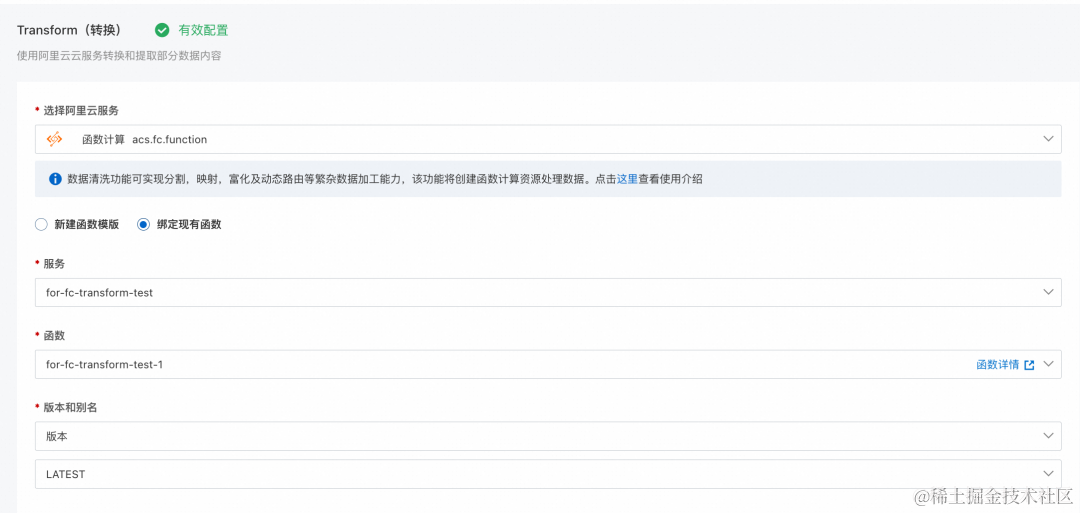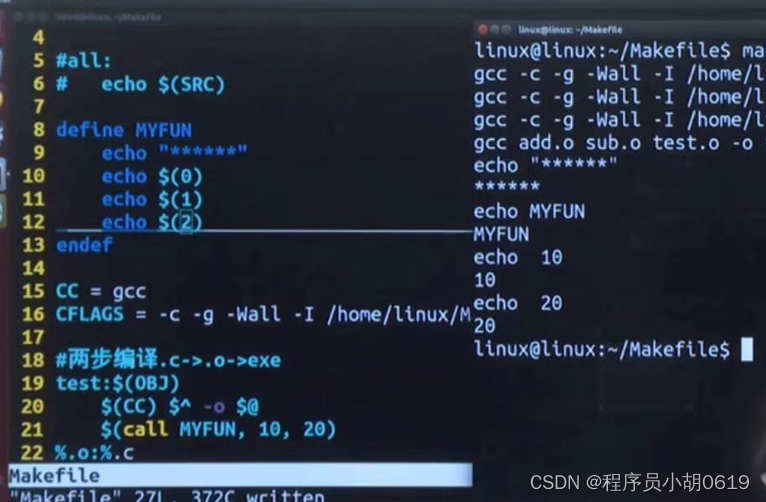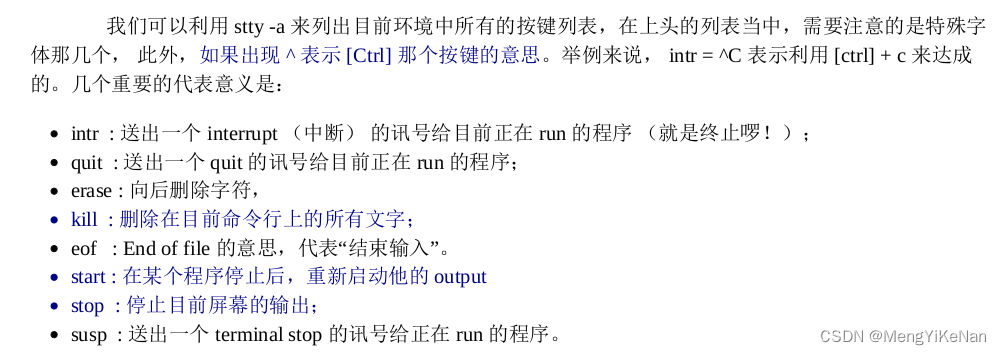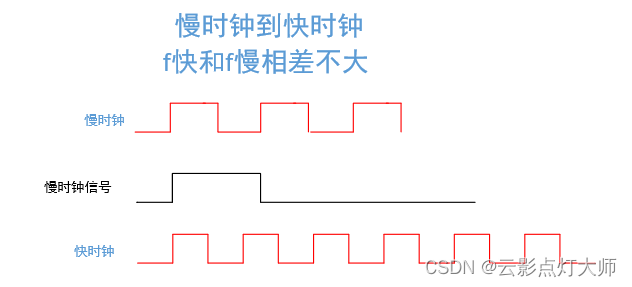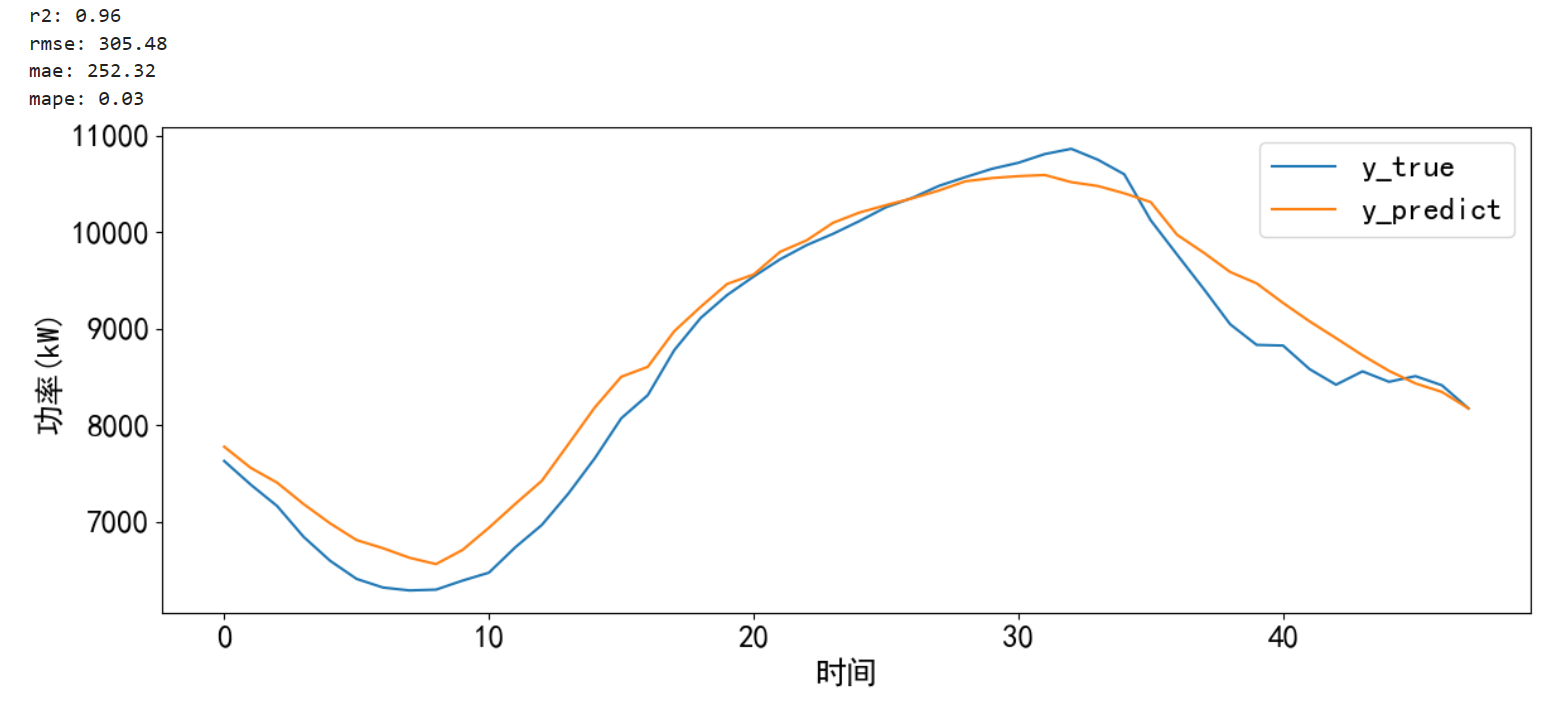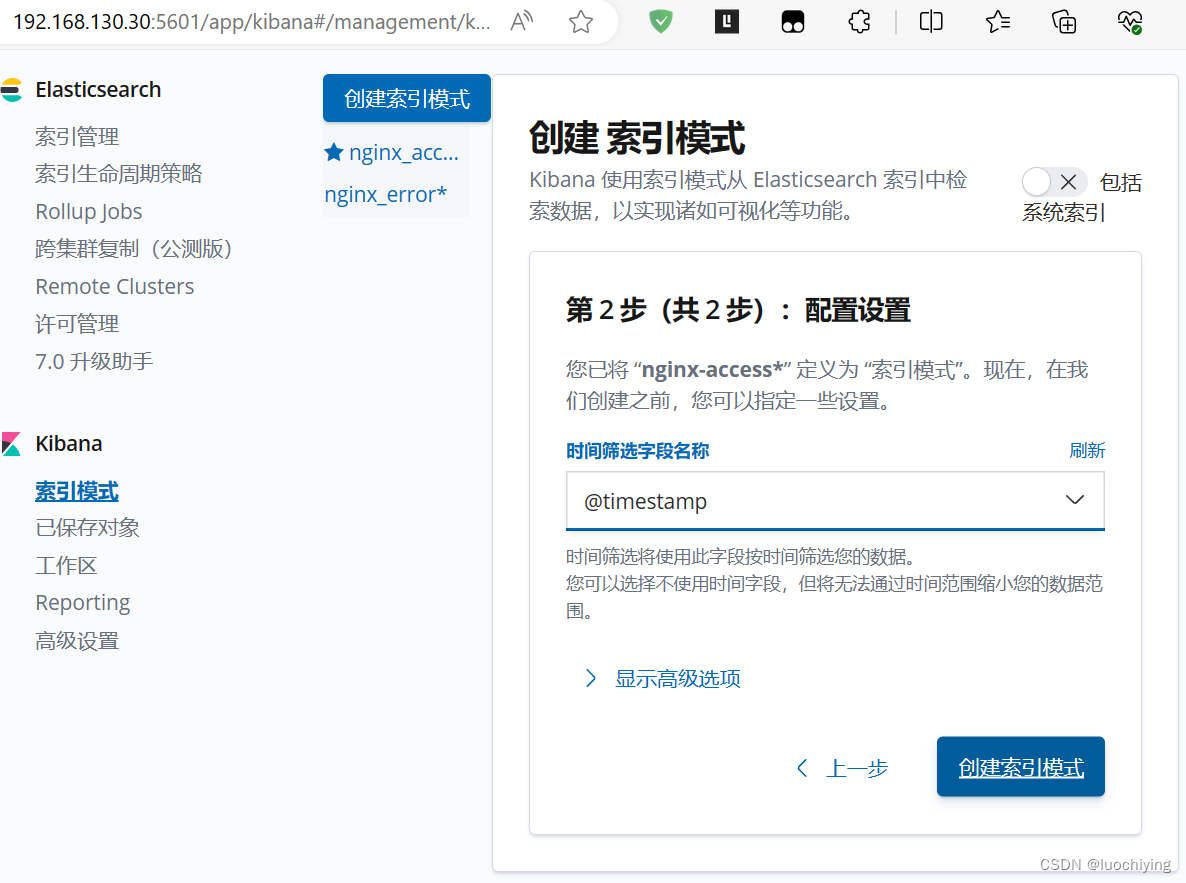文章目录
- 0. 前置推荐阅读
- 1. 本文内容
- 2. 解析用户指令(分析用户需求)
- 2.1 完整代码及注释
- 2.2 运行结果
- 3. 利用大模型写爬虫代码
- 3.1 对html内容进行精简
- 3.2 利用大模型写爬虫代码
- 3.3 补充代码,测试本节程序
- 3.4 运行结果及踩坑
- 3.4.1 运行结果
- 3.4.2 坑一:No module named 'playwright'
- 4. 爬虫工程师角色定义:CrawlerEngineer
- 5. 订阅助手角色定义:SubscriptionAssistant
- 6. 运行订阅智能体的Action:RunSubscription
- 6.1 总结信息的Action
- 6.2 运行订阅智能体的Action
- 7. 定时器代码和callback代码
- 7.1 定时器
- 7.2 callback
- 7.3 集成callback
- 8. 整体运行
- 运行结果
- 9. 可能有的坑
- 9.1 更新MetaGPT源码后,运行报错:No module named 'zhipuai.types'
0. 前置推荐阅读
-
订阅智能体实战
- 【AI的未来 - AI Agent系列】【MetaGPT】3. 实现一个订阅智能体,订阅消息并打通微信和邮件
-
ActionNode基础与实战
-
【AI的未来 - AI Agent系列】【MetaGPT】4. ActionNode从理论到实战
-
【AI的未来 - AI Agent系列】【MetaGPT】4.1 细说我在ActionNode实战中踩的那些坑
-
1. 本文内容
跟着《MetaGPT智能体开发入门》教程,对上次实现的订阅智能体进行优化和进阶,也用上ActionNode模块。
上次实现订阅智能体的文章可参考 【AI的未来 - AI Agent系列】【MetaGPT】3. 实现一个订阅智能体,订阅消息并打通微信和邮件 。在上次这篇文章中我们虽然完成了订阅智能体的功能,但是这个智能体的作用是被局限在某一特定领域的,当我们需要订阅另外一个数据源的分析结果时,我们需要手动再写一个Role,这个智能体不太通用。
如何实现一个更通用的订阅智能体?实现思路如下:
(1)解析用户指令(分析用户需求,我们期望用户用一句自然语言下指令即可得到想要的)
(2)爬取网页
(3)让大模型写从html中提取用户需要的数据的代码
(4)将爬取网页和大模型写的提取用户需要数据的代码结合,得到爬取指定网页信息的Action
(5)将提取后的数据,让大模型进行处理和分析,得到网页数据分析的Action
(6)将这两个Action组合,就可以得到一个特定网页的Watcher Role
下面我们一步一步来实现。
2. 解析用户指令(分析用户需求)
写爬虫代码是需要先知道要爬取的网页URL、网页数据提取需求是什么,最简单的方式就是用户自己填写,但是这就让我们的入参变得复杂。所以,我们首先实现一个解析用户指令的代码,用户只需用一句自然语言输入自己的需求,代码自动解析出网页URL、网页数据提取需求等,即:将用户的输入结构化。
2.1 完整代码及注释
# 加载 .env 到环境变量
# from dotenv import load_dotenv, find_dotenv
# _ = load_dotenv(find_dotenv())
from metagpt.actions.action_node import ActionNode
from metagpt.actions.action import Action
import asyncio
## 分析用户的要求语言
LANGUAGE = ActionNode(
key="language",
expected_type=str,
instruction="Provide the language used in the project, typically matching the user's requirement language.",
example="en_us",
)
## 分析用户的订阅推送时间
CRON_EXPRESSION = ActionNode(
key="Cron Expression",
expected_type=str,
instruction="If the user requires scheduled triggering, please provide the corresponding 5-field cron expression. "
"Otherwise, leave it blank.",
example="",
)
## 分析用户订阅的网址URL,可以是列表
CRAWLER_URL_LIST = ActionNode(
key="Crawler URL List",
expected_type=list[str],
instruction="List the URLs user want to crawl. Leave it blank if not provided in the User Requirement.",
example=["https://example1.com", "https://example2.com"],
)
## 分析用户所需要的网站数据
PAGE_CONTENT_EXTRACTION = ActionNode(
key="Page Content Extraction",
expected_type=str,
instruction="Specify the requirements and tips to extract from the crawled web pages based on User Requirement.",
example="Retrieve the titles and content of articles published today.",
)
## 分析用户所需要的汇总数据的方式
CRAWL_POST_PROCESSING = ActionNode(
key="Crawl Post Processing",
expected_type=str,
instruction="Specify the processing to be applied to the crawled content, such as summarizing today's news.",
example="Generate a summary of today's news articles.",
)
## 补充说明,如果url或定时器解析为空,则提示用户补充
INFORMATION_SUPPLEMENT = ActionNode(
key="Information Supplement",
expected_type=str,
instruction="If unable to obtain the Cron Expression, prompt the user to provide the time to receive subscription "
"messages. If unable to obtain the URL List Crawler, prompt the user to provide the URLs they want to crawl. Keep it "
"blank if everything is clear",
example="",
)
NODES = [
LANGUAGE,
CRON_EXPRESSION,
CRAWLER_URL_LIST,
PAGE_CONTENT_EXTRACTION,
CRAWL_POST_PROCESSING,
INFORMATION_SUPPLEMENT,
]
PARSE_SUB_REQUIREMENTS_NODE = ActionNode.from_children("ParseSubscriptionReq", NODES)
## 解析用户的需求的Action
PARSE_SUB_REQUIREMENT_TEMPLATE = """
### User Requirement
{requirements}
"""
class ParseSubRequirement(Action):
async def run(self, requirements):
requirements = "\n".join(i.content for i in requirements)
context = PARSE_SUB_REQUIREMENT_TEMPLATE.format(requirements=requirements)
node = await PARSE_SUB_REQUIREMENTS_NODE.fill(context=context, llm=self.llm)
return node
if __name__ == "__main__":
from metagpt.schema import Message
asyncio.run(ParseSubRequirement().run([Message(
"从36kr创投平台https://pitchhub.36kr.com/financing-flash 爬取所有初创企业融资的信息,获取标题,链接, 时间,总结今天的融资新闻,然后在晚上七点半送给我"
)]))
2.2 运行结果

3. 利用大模型写爬虫代码
3.1 对html内容进行精简
一般html元素太多,所以调用大模型时token数非常大,甚至一次对话都无法接收一个完整的html,我们可以先对网页内容做一下简化,因为对元素进行定位一般用css selector就够了,所以我们可以主要提供html的class属性信息,另外可以将html转成css表达式和对应的内容提供给llm,从而减少token的消耗。
def get_outline(page):
soup = _get_soup(page.html)
outline = []
def process_element(element, depth):
name = element.name
if not name:
return
if name in ["script", "style"]:
return
element_info = {"name": element.name, "depth": depth}
if name in ["svg"]:
element_info["text"] = None
outline.append(element_info)
return
element_info["text"] = element.string
# Check if the element has an "id" attribute
if "id" in element.attrs:
element_info["id"] = element["id"]
if "class" in element.attrs:
element_info["class"] = element["class"]
outline.append(element_info)
for child in element.children:
process_element(child, depth + 1)
for element in soup.body.children:
process_element(element, 1)
return outline
3.2 利用大模型写爬虫代码
PROMPT_TEMPLATE = """Please complete the web page crawler parse function to achieve the User Requirement. The parse \
function should take a BeautifulSoup object as input, which corresponds to the HTML outline provided in the Context.
```python
from bs4 import BeautifulSoup
# only complete the parse function
def parse(soup: BeautifulSoup):
...
# Return the object that the user wants to retrieve, don't use print
## User Requirement
{requirement}
## Context
The outline of html page to scrabe is show like below:
```tree
{outline}
"""
class WriteCrawlerCode(Action):
async def run(self, requirement):
requirement: Message = requirement[-1] ## 上一步解析完成的用户需求结果
data = requirement.instruct_content.dict()
urls = data["Crawler URL List"] ## 获取用户想要的网页URL
query = data["Page Content Extraction"] ## 获取用户想关注的网页数据
codes = {}
for url in urls:
codes[url] = await self._write_code(url, query) ## 每个URL的爬虫程序
return "\n".join(f"# {url}\n{code}" for url, code in codes.items())
async def _write_code(self, url, query):
page = await WebBrowserEngine().run(url)
outline = get_outline(page)
outline = "\n".join(
f"{' '*i['depth']}{'.'.join([i['name'], *i.get('class', [])])}: {i['text'] if i['text'] else ''}"
for i in outline
)
code_rsp = await self._aask(PROMPT_TEMPLATE.format(outline=outline, requirement=query))
code = CodeParser.parse_code(block="", text=code_rsp)
return code
3.3 补充代码,测试本节程序
- 引入所需包
import asyncio
from metagpt.actions.action import Action
from metagpt.schema import Message
from metagpt.tools.web_browser_engine import WebBrowserEngine
from metagpt.utils.common import CodeParser
from metagpt.utils.parse_html import _get_soup
- main运行函数
if __name__ == "__main__":
from metagpt.actions.action_node import ActionNode
cls = ActionNode.create_model_class(
"ActionModel", {
"Cron Expression": (str, ...),
"Crawler URL List": (list[str], ...),
"Page Content Extraction": (str, ...),
"Crawl Post Processing": (str, ...),
}
)
data = {
"Cron Expression": "0 30 19 * * *",
"Crawler URL List": ["https://pitchhub.36kr.com/financing-flash"],
"Page Content Extraction": "从36kr创投平台爬取所有初创企业融资的信息,获取标题,链接, 时间。",
"Crawl Post Processing": "总结今天的融资新闻。",
}
asyncio.run(WriteCrawlerCode().run([Message(instruct_content=cls(**data))]))
3.4 运行结果及踩坑
3.4.1 运行结果

3.4.2 坑一:No module named ‘playwright’

- 解决方法:
pip install playwright
4. 爬虫工程师角色定义:CrawlerEngineer
# 定义爬虫工程师角色
from metagpt.roles import Role
class CrawlerEngineer(Role):
name: str = "同学小张的专属爬虫工程师"
profile: str = "Crawling Engineer"
goal: str = "Write elegant, readable, extensible, efficient code"
constraints: str = "The code should conform to standards like PEP8 and be modular and maintainable"
def __init__(self, **kwargs) -> None:
super().__init__(**kwargs)
self._init_actions([WriteCrawlerCode])
self._watch([ParseSubRequirement]) ## 触发?
爬虫工程师角色的代码中,初始化了一个写爬虫代码的Action,为WriteCrawlerCode。那这个角色什么时候触发运行呢?答案在这一句:self._watch([ParseSubRequirement]),当解析完用户需求之后,会触发该角色的运行,触发写代码的动作。
5. 订阅助手角色定义:SubscriptionAssistant
class SubscriptionAssistant(Role):
"""Analyze user subscription requirements."""
name: str = "同学小张的订阅助手"
profile: str = "Subscription Assistant"
goal: str = "analyze user subscription requirements to provide personalized subscription services."
constraints: str = "utilize the same language as the User Requirement"
def __init__(self, **kwargs) -> None:
super().__init__(**kwargs)
self._init_actions([ParseSubRequirement, RunSubscription]) ## 2. 先解析用户需求,然后运行订阅
self._watch([UserRequirement, WriteCrawlerCode]) ## 触发?
async def _think(self) -> bool:
cause_by = self.rc.history[-1].cause_by
if cause_by == any_to_str(UserRequirement):
state = 0
elif cause_by == any_to_str(WriteCrawlerCode):
state = 1
if self.rc.state == state:
self.rc.todo = None
return False
self._set_state(state)
return True
订阅助手角色定义的代码中,初始化了两个Action,一个是解析用户需求,一个是RunSubscription,运行智能体。
看下它是怎么运作的:
(1)self._watch([UserRequirement, WriteCrawlerCode])
它观察了这两个输入,用户输入和写完爬虫代码。
(2)_think函数
当上一次的信息是来自用户输入,则运行ParseSubRequirement,如果上一次输入是写爬虫代码的Action,则运行RunSubscription。
6. 运行订阅智能体的Action:RunSubscription
6.1 总结信息的Action
有了用户需求,有了爬虫代码,还缺的就是将爬下来的数据总结成用户需求中想要的内容。下面的SubAction就是干这事儿的(类比之前订阅智能体中的AnalysisOSSTrending):
data是从所有Url网页中爬下来的数据,process是之前解析的用户对数据的处理需求。
SUB_ACTION_TEMPLATE = """
## Requirements
Answer the question based on the provided context {process}. If the question cannot be answered, please summarize the context.
## context
{data}"
"""
class SubAction(Action):
async def run(self, *args, **kwargs):
pages = await WebBrowserEngine().run(*urls)
if len(urls) == 1:
pages = [pages]
data = []
for url, page in zip(urls, pages):
data.append(getattr(modules[url], "parse")(page.soup))
## 8. 根据用户的数据需求,和爬取的网页数据,让大模型总结
return await self.llm.aask(SUB_ACTION_TEMPLATE.format(process=process, data=data))
6.2 运行订阅智能体的Action
# 运行订阅智能体的Action
class RunSubscription(Action):
async def run(self, msgs):
from metagpt.roles.role import Role
from metagpt.subscription import SubscriptionRunner
code = msgs[-1].content ## 4. 获取爬虫代码
req = msgs[-2].instruct_content.dict() ## 5. 获取用户需求
urls = req["Crawler URL List"]
process = req["Crawl Post Processing"]
spec = req["Cron Expression"]
SubAction = self.create_sub_action_cls(urls, code, process) ## 6. 创建一个Action,urls网页链接、code爬虫代码、process用户需求的数据
SubRole = type("SubRole", (Role,), {}) ## 7. 定时触发的Role
role = SubRole()
role.init_actions([SubAction])
runner = SubscriptionRunner()
async def callback(msg):
print(msg)
await runner.subscribe(role, CronTrigger(spec), callback)
await runner.run()
@staticmethod
def create_sub_action_cls(urls: list[str], code: str, process: str):
modules = {}
for url in urls[::-1]:
code, current = code.rsplit(f"# {url}", maxsplit=1)
name = uuid4().hex
module = type(sys)(name)
exec(current, module.__dict__)
modules[url] = module
class SubAction(Action):
async def run(self, *args, **kwargs):
pages = await WebBrowserEngine().run(*urls)
if len(urls) == 1:
pages = [pages]
data = []
for url, page in zip(urls, pages):
data.append(getattr(modules[url], "parse")(page.soup))
## 8. 根据用户的数据需求,和爬取的网页数据,让大模型总结
return await self.llm.aask(SUB_ACTION_TEMPLATE.format(process=process, data=data))
return SubAction
7. 定时器代码和callback代码
这部分代码就可以直接复用原来订阅智能体的代码了,通用的。
7.1 定时器
class CronTrigger:
def __init__(self, spec: str, tz: Optional[BaseTzInfo] = None) -> None:
self.crontab = crontab(spec, tz=tz)
def __aiter__(self):
return self
async def __anext__(self):
await self.crontab.next()
return Message()
7.2 callback
class WxPusherClient:
def __init__(self, token: Optional[str] = None, base_url: str = "http://wxpusher.zjiecode.com"):
self.base_url = base_url
self.token = token or os.environ["WXPUSHER_TOKEN"] # 5.1 从环境变量中获取token,所以你需要在环境变量中配置WXPUSHER_TOKEN或在配置文件中设置WXPUSHER_TOKEN
async def send_message(
self,
content,
summary: Optional[str] = None,
content_type: int = 1,
topic_ids: Optional[list[int]] = None,
uids: Optional[list[int]] = None,
verify: bool = False,
url: Optional[str] = None,
):
payload = {
"appToken": self.token,
"content": content,
"summary": summary,
"contentType": content_type,
"topicIds": topic_ids or [],
# 5.2 从环境变量中获取uids,所以你需要在环境变量中配置WXPUSHER_UIDS
# uids是你想推送给哪个微信,必须是关注了你这个订阅号的微信才可以知道uid
"uids": uids or os.environ["WXPUSHER_UIDS"].split(","),
"verifyPay": verify,
"url": url,
}
url = f"{self.base_url}/api/send/message"
return await self._request("POST", url, json=payload)
async def _request(self, method, url, **kwargs):
async with aiohttp.ClientSession() as session:
async with session.request(method, url, **kwargs) as response:
response.raise_for_status()
return await response.json()
# 5.3 微信callback wrapper,使用WxPusherClient给指定微信推送消息
async def wxpusher_callback(msg: Message):
client = WxPusherClient()
await client.send_message(msg.content, content_type=3)
7.3 集成callback
# 运行订阅智能体的Action
class RunSubscription(Action):
async def run(self, msgs):
······ 与前文代码一样
callbacks = []
callbacks.append(wxpusher_callback)
async def callback(msg):
print(msg)
await asyncio.gather(*(call(msg) for call in callbacks)) # 遍历所有回调函数,触发回调,分发消息
······ 与前文代码一样
8. 整体运行
创建了一个Team,其中有SubscriptionAssistant角色和CrawlerEngineer角色。
用户输入信息,然后run_project,SubscriptionAssistant首先观察到用户输入信息,触发ParseSubRequirement动作。
if __name__ == "__main__":
import asyncio
from metagpt.team import Team
team = Team()
team.hire([SubscriptionAssistant(), CrawlerEngineer()])
team.run_project("从36kr创投平台https://pitchhub.36kr.com/financing-flash爬取所有初创企业融资的信息,获取标题,链接, 时间,总结今天的融资新闻,然后在早上10:56送给我")
asyncio.run(team.run())
运行结果

9. 可能有的坑
9.1 更新MetaGPT源码后,运行报错:No module named ‘zhipuai.types’

- 解决方法
pip install zhipuai
本文完。按照教程跑通了订阅智能体进阶的流程。
这好像是教程中唯一的一个多智能体的例子。所以里面涉及了多智能体之间的交互方式,懵懵懂懂,需要深入了解下(_watch、_observe等)。咱们后面的文章细讲。




